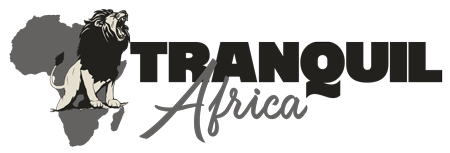Eritrea is a country in the Horn of Africa. It shares borders with Ethiopia in the south; Djibouti in the southeast; in the east by the Red Sea; and in the north-west by Sudan.
Much as the country is quite small (118,000 sq km), it is surprisingly diverse and is virtually bisected by one of the world’s longest mountain ranges, formed by the processes that formed the Great Rift Valley, with fertile lands to the west, descending to the desert in the east.
Tigre, Tigrinya and Arabic are the most extensively used languages in the country. The Muslim faith is the most dominant religion. The total estimated population of Eritrea is 5 million residents.
Eritrea’s main cities are the capital city of Asmara (also the largest) and the port town of Asseb in the southeast, as well as the seaport towns of Massawa to the east, and Keren to the north. Other towns include Akordat, Dekemhare, Nak’fa, and Teseney.
Eritrea is a charming and energetic country with lots to offer visitors, including the ancient Eritrean historical monuments, the renaissance beauty and fashion metropolis cities.
Geographically, Eritrea’s land is highly variegated. Running on a north-south axis through the middle of the country are the central highlands, a narrow strip of the country some 2,000 m above sea level that represents the northern reaches of the Ethiopian Plateau. The upper layers have been highly dissected by deep gorges and river channels, forming small steep-sided, flat-topped tablelands known as Ambas. The highest point in the plateau is Mount Soira, at 9,885 ft.
Discover more about Eritrea from our Eritrean tourist information page, Eritrea tour operators, tourist attractions in Eritrea, Eritrea holidays, Eritrea Safari tours and Eritrea nightlife.
1.820.3345.33
info@tranquilafrica.com
